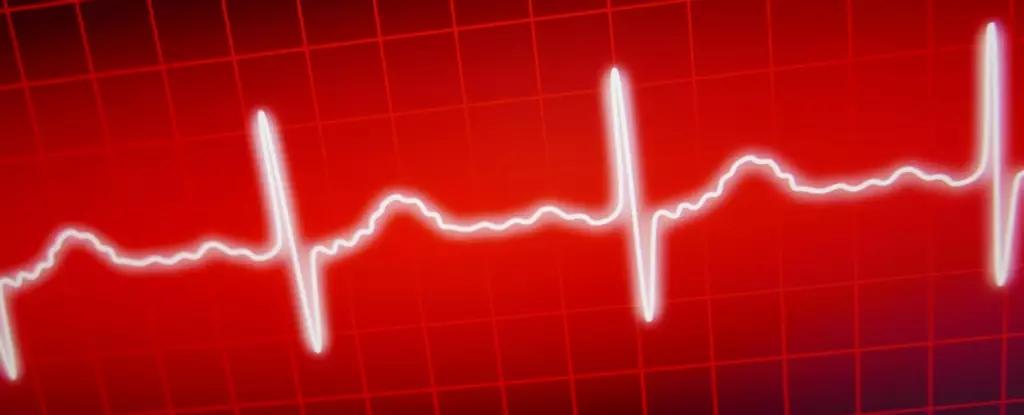Cardiac arrest is a critical emergency that requires immediate action; knowing how to properly utilize a defibrillator can dramatically enhance the likelihood of survival. A recently conducted study by Oregon Health and Science University (OHSU) sheds light on an innovative approach to pad placement that has been shown to significantly improve outcomes for patients experiencing this life-threatening event. This article explores the implications of these findings and their relevance to current medical practices.
The study in question analyzed 255 incidents of out-of-hospital cardiac arrests addressed by the Tualatin Valley Fire & Rescue team in Portland, Oregon, over a four-year period from 2019 to 2023. The researchers focused on two particular pad placement strategies: the anterior-posterior (AP) method, where one pad is placed on the chest and the other on the back, and the anterior-lateral (AL) method, which places one pad on the chest and another on the side. Remarkably, they found that the AP positioning resulted in a return of spontaneous circulation (ROSC) 2.64 times more likely than the AL approach.
Joshua Lupton, an assistant professor of emergency medicine at OHSU, expressed surprise at the magnitude of this difference. Such a finding could serve as a catalyst for additional studies aimed at optimizing defibrillation techniques, potentially leading to improved survival rates for individuals experiencing cardiac arrest.
The mechanics behind the effectiveness of the AP method lie in its unique ability to create a more efficient electrical pathway through the heart. By placing one pad on the front and another on the back, the electrical energy emitted from the defibrillator can better sandwich the heart, thereby increasing the likelihood that more electricity will reach this vital organ. Mohamud Daya, another professor at OHSU and part of the research team, reinforces this concept by stating, “The key is, you want energy that goes from one pad to the other through the heart.”
This innovative approach, although more common in treating pediatric patients, is often overshadowed by the AL method, which is more familiar to many individuals trained in basic first aid and CPR. The study’s revelations may prompt a reconsideration of training protocols for medical personnel and lay responders alike.
However, it is essential to approach these findings with an analytical mindset. As with any observational study, the results may be influenced by variables that weren’t adequately controlled for. Factors like the skill of the first responders, the timing of defibrillation, or even the patient’s unique medical history could all play significant roles in the outcomes.
Moreover, while the AP placement showcased clear advantages in achieving ROSC, it did not have a statistically significant impact on overall survival rates. Notably, both methods ultimately resulted in similar numbers of patients discharged from the hospital. This discrepancy highlights the complexity of treating cardiac arrest and serves as a reminder that pad placement represents just one aspect of a multifaceted emergency response.
In a world where the odds of surviving a cardiac arrest outside of a hospital environment hover around a disheartening 10%, the potential of improved pad placement techniques offers a glimmer of hope. The findings from the OHSU study encourage a reassessment of existing protocols, urging medical professionals and emergency responders to consider the implications of pad positioning in their life-saving procedures.
Ultimately, while further research is necessary to solidify these conclusions and explore broader implications, the initial results underscore an urgent call to action. Cardiac arrest remains a significant public health challenge, and any method that may enhance the speed and efficacy of defibrillation is worth exploring. As Joshua Lupton aptly puts it, “The less time that you’re in cardiac arrest, the better,” which is a sentiment that should resonate across all spheres of emergency medicine.


Leave a Reply